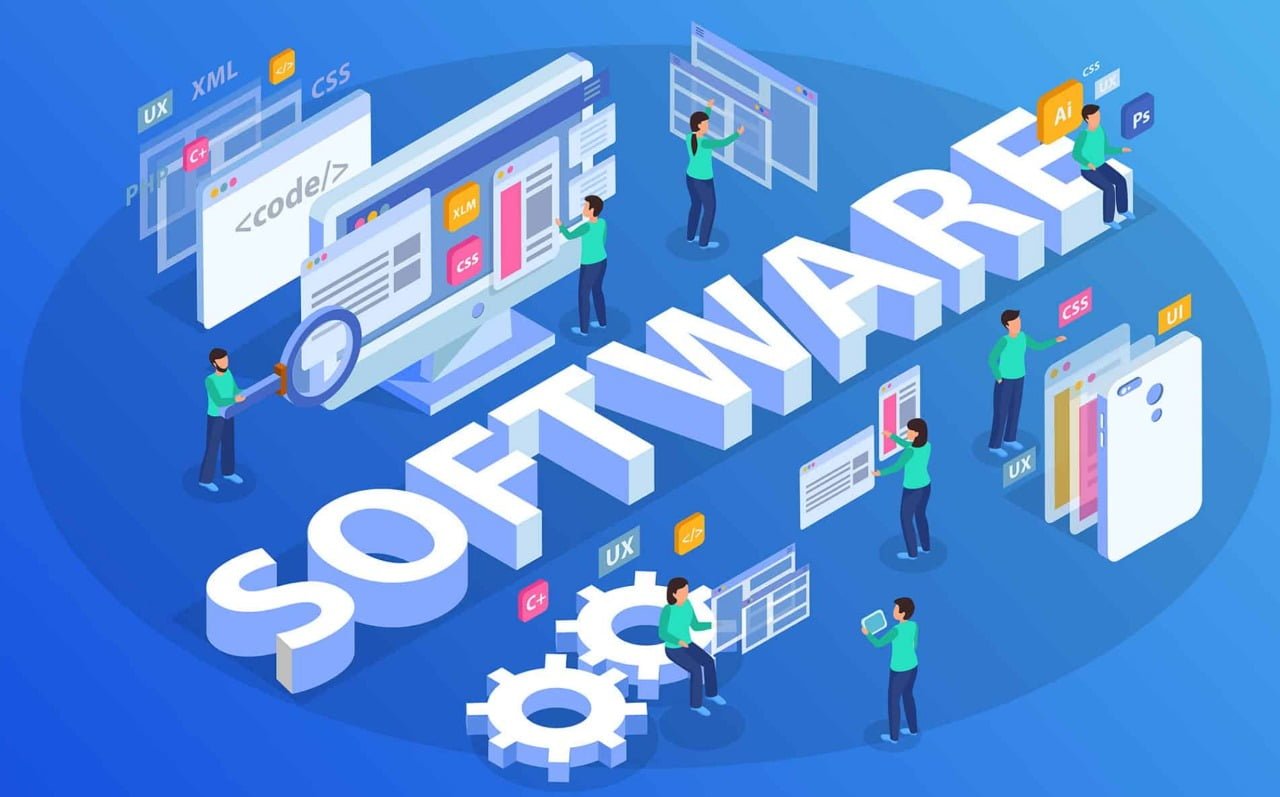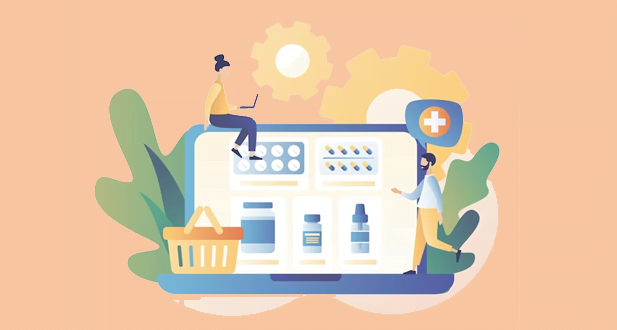What are software reviews?
Software reviews are evaluations and critiques of software programs by users and experts. The goal of a software review is to provide an unbiased assessment of a particular software application, including its features, functionality, and user interface, to help potential users make informed decisions about whether to use or purchase the software. Reviews may be conducted by individual users, industry experts, or independent review sites.
Reviews can take many forms, including written reviews, video reviews, and user ratings. Written reviews are the most common form of software reviews, and typically provide a detailed evaluation of the software’s features and functionality, as well as the user experience. Video reviews may include a demonstration of the software in action, and can be more engaging and informative than written reviews. User ratings are typically based on a numerical scale or a star rating system, and allow users to quickly evaluate the overall quality of a software application.
Software reviews can be beneficial for both software developers and users. For developers, reviews can provide valuable feedback on the features and functionality of their software, as well as insight into user needs and preferences. Reviews can also help to promote software by generating positive word-of-mouth and increasing visibility. For users, reviews can help to identify potential issues or limitations with software applications, as well as highlight the strengths and benefits of using the software.
Reviews may be conducted on a variety of software applications, including operating systems, productivity software, games, and mobile apps. Some software applications may be more widely reviewed than others, depending on their popularity and relevance to users. In some cases, reviews may also be conducted on specific versions of software, to evaluate new features or updates.
There are several key factors to consider when conducting a software review. First, it is important to have a clear understanding of the software’s intended purpose and target audience. This can help to identify the most relevant features and functionality to evaluate, as well as provide context for the review. It is also important to consider the user experience, including ease of use, user interface design, and overall usability. In addition, it is important to evaluate the software’s performance, including speed, reliability, and compatibility with different hardware and software configurations.
When conducting a software review, it is important to maintain objectivity and provide a balanced assessment of the software’s strengths and weaknesses. This can help to ensure that the review is useful and informative for potential users, and can also help to build credibility for the reviewer or review site. Reviews should also be written in a clear and concise manner, and should include relevant screenshots or examples to support the evaluation.
Software reviews can provide valuable information and insights for both developers and users, helping to promote high-quality software and ensure that users have access to the best possible tools and applications for their needs. By conducting thorough and unbiased evaluations of software applications, reviewers can help to drive innovation and improvement in the software industry, while also providing valuable guidance and recommendations to users.
What is the purpose of software reviews?
Software reviews are an essential component of the software development life cycle. The primary purpose of software reviews is to ensure that the software being developed meets the quality standards set forth by the organization. Reviews also provide an opportunity for the team to identify and fix defects, which can help to reduce the overall cost of development and increase user satisfaction.
One of the primary benefits of software reviews is that they provide an objective evaluation of the software being developed. Reviews can be conducted by members of the development team, stakeholders, or independent reviewers. This ensures that the software is being evaluated from a variety of perspectives, and any issues or defects are identified early on in the development process.
Another benefit of software reviews is that they promote collaboration and knowledge sharing within the development team. By reviewing code and documentation together, team members can identify best practices, share knowledge, and learn from each other. This can help to improve the quality of the software being developed and increase the overall efficiency of the development process.
In addition to promoting collaboration, software reviews also help to reduce the risk of defects and errors in the software. By identifying and fixing defects early on in the development process, teams can avoid costly rework and ensure that the software meets the quality standards set forth by the organization. This can ultimately lead to greater user satisfaction and a higher quality end product.
The purpose of software reviews is to ensure that the software being developed meets the quality standards set forth by the organization, promotes collaboration and knowledge sharing within the development team, and reduces the risk of defects and errors in the software. By conducting regular software reviews, teams can ensure that they are delivering high-quality software that meets the needs of their users.
Types of software reviews
Software review is a crucial process in software development that helps to improve the quality of software products. Reviews can take place at different stages of the software development lifecycle and can be performed by various stakeholders such as developers, testers, project managers, customers, and end-users. There are different types of software reviews, each with its unique purpose, scope, and methodology. In this article, we will discuss the most common types of software reviews and their characteristics.
Formal Reviews: Formal reviews are structured and organized reviews that follow a predefined process and involve a formal review board or committee. These reviews are usually conducted at critical points in the software development process, such as after the completion of each phase, before delivery, or at the end of the project. Formal reviews are usually led by a moderator who guides the discussion and ensures that the review process is followed correctly. The review board is composed of experts from different areas such as software development, testing, project management, and quality assurance. The purpose of formal reviews is to identify defects and errors in software products, assess the quality of the software, and provide feedback to the development team.
Informal Reviews: Informal reviews are less structured and formal than formal reviews. They are usually conducted by a small group of developers, testers, or end-users who work together to review a software product. Informal reviews can take place at any stage of the software development process, and the review process is flexible and open-ended. The purpose of informal reviews is to identify defects and errors in software products, provide feedback to the development team, and promote collaboration and communication among team members.
Peer Reviews: Peer reviews are a type of informal review that involves the review of software products by peers or colleagues. In peer reviews, developers or testers review each other’s work to identify defects, provide feedback, and share knowledge and expertise. Peer reviews are usually conducted in pairs or small groups, and the review process is collaborative and open-ended. The purpose of peer reviews is to promote collaboration and communication among team members, improve the quality of software products, and share knowledge and expertise.
Walkthroughs: Walkthroughs are a type of review that involves a guided tour of the software product by the author or designer. In walkthroughs, the author or designer presents the software product to a group of stakeholders, who provide feedback and suggestions. Walkthroughs are usually conducted at the early stages of the software development process, and the review process is interactive and open-ended. The purpose of walkthroughs is to promote communication and collaboration among team members, identify defects and errors in software products, and gather feedback and suggestions.
Inspection: Inspection is a type of review that involves a rigorous examination of the software product by a team of experts. Inspection is a formal and structured review process that involves a detailed examination of the software product’s design, code, and documentation. The purpose of inspection is to identify defects and errors in software products, assess the quality of the software, and provide feedback to the development team. Inspection is usually conducted at critical points in the software development process, such as before delivery or at the end of the project.
Code Review: Code review is a type of review that involves a detailed examination of the software code by developers or testers. Code review is usually conducted by a small group of developers who examine the code to identify defects, improve the code quality, and ensure that the code meets the project requirements. Code review is a formal and structured review process that involves a detailed examination of the code’s design, functionality, and performance. The purpose of code review is to improve the code quality, identify defects and errors in software products, and provide feedback to the development team.
Why is Software Review Important?
Identifying Errors and Defects: One of the main reasons why software review is important is that it helps to identify errors and defects in the software development process. By reviewing the code, design, and functionality of software, developers can detect errors, such as syntax errors, logic errors, and runtime errors, and fix them before the software is released. This helps to improve the quality of software and minimize the risk of bugs and vulnerabilities.
Improving Code Quality: Software review is also important for improving code quality. By reviewing the code, developers can identify coding standards and best practices that have not been followed, and ensure that the code is structured, efficient, and maintainable. This helps to improve the overall quality of the software and make it easier to modify, maintain, and enhance in the future.
Ensuring Compliance with Standards: Software review is crucial for ensuring that software complies with industry standards and regulations. For example, in the healthcare industry, software must comply with the Health Insurance Portability and Accountability Act (HIPAA) regulations, which require that software be secure, private, and reliable. By reviewing software, developers can ensure that it complies with these regulations and other industry standards.
Enhancing Security: Software review is also important for enhancing the security of software. By reviewing the code and design of software, developers can identify security vulnerabilities and risks and take steps to mitigate them. This helps to ensure that software is secure and protects users’ data and privacy.
Improving Performance: Software review is essential for improving the performance of software. By reviewing the code and design of software, developers can identify bottlenecks and other performance issues and optimize the code to improve performance. This helps to ensure that software is fast and responsive, which is essential for delivering a good user experience.
Minimizing Maintenance Costs: Software review is also important for minimizing maintenance costs. By reviewing the code and design of software, developers can identify areas of the code that are likely to cause problems and take steps to fix them before they become major issues. This helps to minimize the time and resources required for maintenance and reduce the overall cost of maintaining software.
Improving Collaboration and Communication: Software review is also important for improving collaboration and communication between team members. By reviewing code and design, developers can provide feedback to each other and identify areas of the code that could be improved. This helps to foster a culture of collaboration and communication within the development team and ensure that everyone is working towards the same goals.
Advantages of a software review
Improved Quality: One of the primary advantages of a software review is improved quality. Software reviews provide an opportunity to identify and correct defects early in the development process, reducing the likelihood of critical issues surfacing during deployment. By detecting and fixing issues early, software quality is improved, resulting in a more robust and reliable product.
Increased Productivity: Software reviews can also increase productivity by ensuring that the development team is working on the most critical issues. By prioritizing the most significant issues identified during the review, developers can focus their efforts on resolving the most important problems, reducing the likelihood of wasted time and effort.
Reduced Costs: Another significant advantage of a software review is reduced costs. By detecting and resolving issues early in the development process, costs associated with fixing defects in later stages of development or after deployment are reduced. Additionally, identifying and fixing issues early can prevent costly delays in the development process, saving time and money.
Better Collaboration: Software reviews also promote better collaboration between team members. By involving developers, testers, and other stakeholders in the review process, there is an opportunity to exchange ideas and insights, leading to better problem-solving and decision-making.
Improved Communication: Effective communication is essential in any development project, and software reviews provide a forum for open communication between team members. By discussing potential issues and solutions, developers can share knowledge and insights that can help improve the software application.
Increased Customer Satisfaction: Ultimately, the goal of any software application is to meet the needs of its users. By identifying and resolving issues early in the development process, software reviews can help ensure that the final product meets or exceeds customer expectations, leading to increased satisfaction.
Improved Security: Software reviews can also improve the security of a software application. By identifying potential vulnerabilities early in the development process, developers can take steps to address security issues before the software is deployed, reducing the risk of security breaches or attacks.
Better Documentation: Software reviews also provide an opportunity to improve documentation. By documenting issues and solutions identified during the review process, developers can create a knowledge base that can be used to improve future software development projects.
Improved Maintenance: Finally, software reviews can improve the maintenance of a software application. By identifying and resolving issues early, developers can create a more maintainable product, reducing the time and effort required to maintain the software over its lifetime.
Conclusion
Software reviews are an important source of information for potential users to understand the strengths and weaknesses of a particular software product. They provide insights into user experiences, usability, functionality, and performance. Reviews can help users make informed decisions when selecting software, as well as provide valuable feedback to developers for improvement.
Frequently Asked Questions
Software reviews can be performed by developers, testers, quality assurance teams, and other stakeholders involved in the software development process.
There are different types of software reviews, including code reviews, design reviews, user interface reviews, and functional reviews.
Software review can be conducted manually or using automated tools. Manual review involves a team of reviewers examining the software code or design to identify issues. Automated review involves using software tools to analyze the software for issues.
The benefits of software review include improved software quality, increased productivity, better communication among team members, and reduced development costs.
The risks of not conducting software reviews include poor software quality, increased development costs, and delayed project timelines.
Software reviews should be conducted regularly throughout the software development process, preferably after each major development milestone.
Software review is a process of examining software for issues and defects, while software testing is a process of evaluating software performance and functionality.




